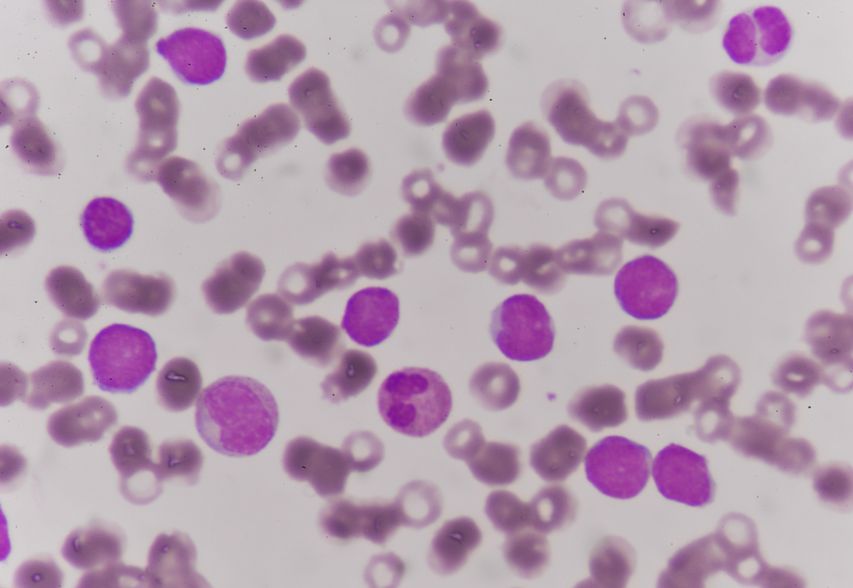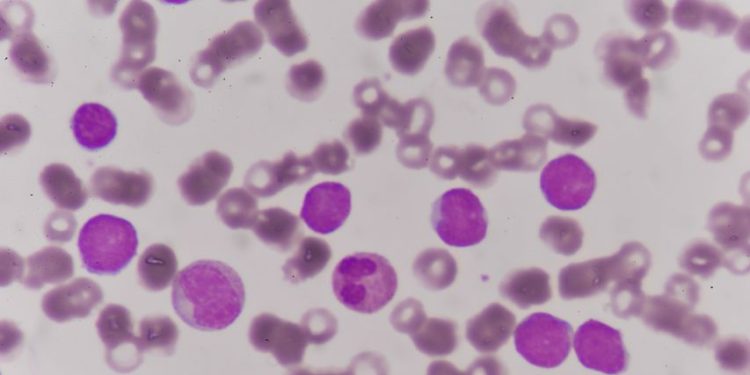Acute myeloid leukemia (AML) is a cancer that starts in the blood and blood-forming tissues in your bone marrow. It affects the myeloid stem cells that normally produce red blood cells, platelets and granulocytes, a type of white blood cell. The leukemia cells grow and multiply too quickly, crowding out the healthy blood cells and blocking them from doing their job. Symptoms may include fever, feeling tired, and easy bruising or bleeding. Many things can influence your chances of getting AML, including whether you are medically fit and your age when diagnosed.
Your body produces millions of new blood cells each day. Most of them develop in the bone marrow, the spongy interior of bones where immature blood cells are made. Your bone marrow makes two types of immature blood cells — lymphoid stem cells and myeloid stem cells. Lymphoid stem cells develop into immune system cells called lymphocytes, which fight infections by recognizing and attacking bacteria or viruses that invade the body. Myeloid stem cells eventually develop into blood platelets, red blood cells and granulocytes, which also help protect the body against infection. When you have acute myeloid leukemia, your myeloid stem cells become cancerous and start to multiply too quickly. They don’t develop into healthy blood cells as they should, and they can’t keep up with the normal growth of healthy blood cells.
The abnormal blood cells can’t make enough healthy red blood cells, and they can’t form normal platelets or granulocytes. As a result, you may have anemia, or low red blood cell counts. You may also have trouble clotting your blood, and you may be at risk for life-threatening bleeding problems such as gastrointestinal or intracranial hemorrhage. Your immune system isn’t working properly, so you’re more likely to get viral and bacterial infections.

Acute myeloid leukemia is the most common type of leukemia in adults. It usually affects people over 65, but it can happen in younger people, too. It can also develop from other chronic cancers of the blood and bone marrow, such as myelodysplastic syndrome (MDS) or hereditary cancer syndromes such as Li-Fraumeni syndrome.
If you’re diagnosed with AML, your doctors will try to put the cancer into remission. Remission means that your blood tests show normal results and that pathologists can’t find cancerous cells when they look at a sample of your bone marrow under a microscope. The treatments used depend on the subtype of AML and your medical history.
The survival rates that you see in this section are general estimates based on the number of people who have been diagnosed with and treated for AML. No 2 people are alike, and your chances of survival will vary depending on your specific condition. The treatment plan for your illness will be tailored to your needs and designed to give you the best chance of a good outcome. If you have any questions about these general statistics, talk to your doctor. He or she can explain what they mean for you.









